Oppenheimer’s tragedy—and ours
By Robert Jay Lifton | July 17, 2023
Oppenheimer’s tragedy—and ours
By Robert Jay Lifton | July 17, 2023
In 1954, Robert Oppenheimer was subjected to what was rightly called “an extraordinary American inquisition” (Stern 1969) under the name of a security hearing. Despite having served his country so devotedly in heading the atomic bomb project at Los Alamos, he was now publicly humiliated, condemned as a security risk, stripped of his security clearance, and forced to step down from his government consultancies. Those hearings were skewed and manipulated in McCarthyite fashion. But while extremely harmful professionally and personally, the hearings were not Oppenheimer’s greatest tragedy.
His greatest tragedy was the success of his leadership in the creation of the weapon. His remarkable gifts as a physicist and as a human being were most realized in the building of a weapon that could lead to the destruction of humankind.
To be sure, Oppenheimer also achieved renown as a brilliant teacher of the new physics—the quantum mechanics he had himself studied in Europe. And he did make discoveries in physics of lasting importance (though they were restless and varied rather than constituting a major development). But the “American Prometheus,” as his biographers termed him, found his greatest life achievement in the creation of an instrument of genocide.
In making the bomb, Oppenheimer became immersed in what I call nuclearism—the embrace of the weapon as serving humankind (Lifton 1979). But with the later development of weapons a thousand times more destructive than the Hiroshima bomb, he became an articulate critic of nuclearism, perhaps the most articulate of all critics.
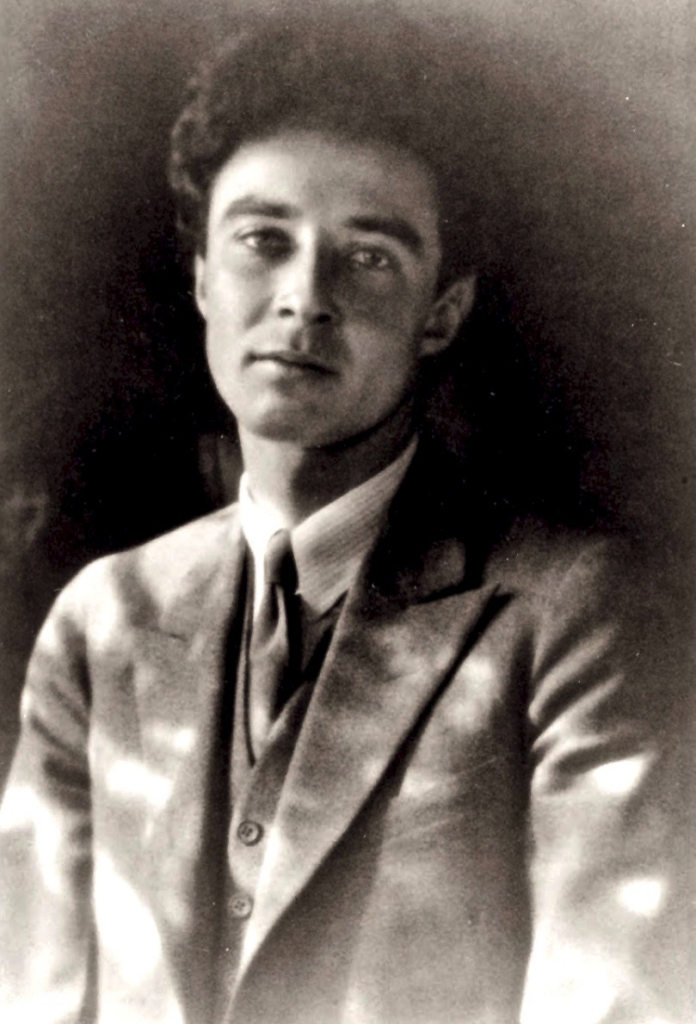
He was a survivor of his own dreadful creation: When immersed in nuclearism, he was a national hero; when he painfully extricated himself from that condition and exposed its danger, he was cast as disloyal and publicly crucified.
Oppenheimer offered his entire being to the bomb project; his devotion to it was total. On a professional level, he familiarized himself with the work of each of the other scientists, both facilitating that work and learning from it. And on a personal level he was generous in his involvement in their living arrangements and family needs.
Though he had been frequently arrogant in the past, at Los Alamos he became the most empathic and fatherly leader. He inspired everyone to maximum effort in the race against German bomb-makers whose more advanced level of the new physics seemed to give them an advantage. As one observer later put it: “It was as if the man and the job had been created with the other in mind” (Stern 1969).
Largely through Oppenheimer’s leadership in that mission, Los Alamos became something close to a utopian community—collegial, professionally focused, and transcendently idealistic. Yet this same utopian community was engaged in creating the most deadly weapon in human history.
In the course of my interview work I was later able to discuss the Los Alamos community with four physicists who had been part of it—Hans Bethe, Philip Morrison, Herbert York, and George Kistiakowsky. They described Oppenheimer as a unique leader, decisive and evenhanded, and spoke of their sense of being on a moral crusade on behalf of the future of civilization. In talking to them I had the thought that, had I been a physicist at the time I would have readily joined that crusade.
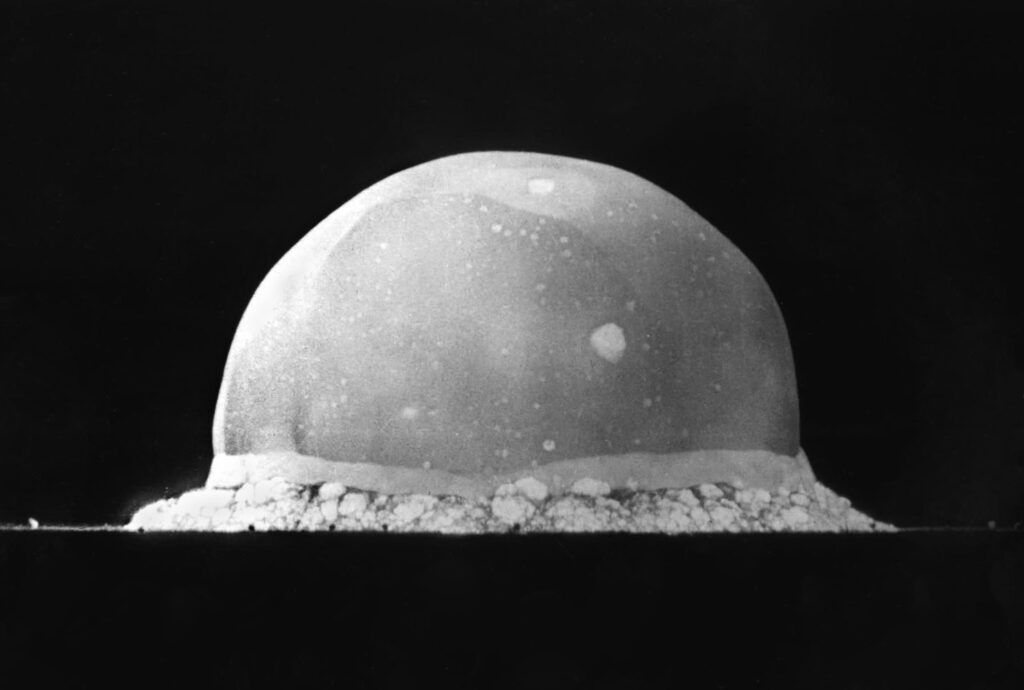
Oppenheimer’s unquestioned leadership also had much to do with the shared psychic numbing of that community in regard to what would happen on the other end of the weapon. As Alice K. Smith (1958), a historian who lived there with her physicist husband, explained: “They all agreed that they were frenetically busy and extremely security conscious and suggest that there was even some half-conscious closing of the mind to anything but the fact that they were trying desperately to produce a device which would end the war.”
A large measure of Oppenheimer’s tragedy lay in the depth of his immersion in nuclearism. Oppenheimer had a series of conversations with Niels Bohr, the revered Danish physicist who was a major mentor of his and who made several visits to Los Alamos. Bohr had developed the concept of “complementarity,” the idea that two very different findings in physics can be equally true, depending on the vantage point or the instruments utilized by the observer (Rhodes 1986). (For instance, matter could be accurately represented by particles or by waves.) The two men came to believe that they could apply this principle of complementarity to the atomic bomb: If used, it would bring a new dimension of destruction but would also create an equally new dedication to peace. As the biographer of the Los Alamos community put it, “The bomb for Bohr and Oppenheimer was a weapon of death that might also end war and redeem mankind” (Rhodes 1986).
We may pause here for a moment to note that this bizarre and dangerous version of nuclearism could be embraced by two such intellectual giants and otherwise humane men.
I had an unforgettable experience of the collective momentum at Los Alamos when Philip Morrison made a presentation about his time there at a conference that I sponsored in 1979 in Wellfleet, Massachusetts. Morrison had by then become a prominent public figure and antinuclear spokesman, but he was uncharacteristically vague when discussing why he and other scientists had continued their work, without even raising questions about it, after it became known that the Germans had failed in their efforts to produce the weapon. He spoke of the general sense that the war was not yet won, and emphasized everyone’s trust in the continuingly active guidance of Oppenheimer.[1]
Morrison went on to describe riding in a Jeep together with the plutonium core at the Alamogordo test site, and then three weeks later holding the components of the Nagasaki bomb in his hand on the island of Tinian.
But everything changed for Morrison when he went to Hiroshima and directly witnessed what the bomb had done there and discovered how, “One bomber could now destroy a city” (Lifton and Mitchell 1995). As he put it to me later personally, “When you go there you saw what it was like.” After his presentation at the conference, his wife Phyllis—also a scientist—wrote to thank my wife BJ and me for our hospitality and added: “Phil has now read Death in Life [my 1968 study of the brutal human effects of the single atomic bomb that destroyed Hiroshima] and come to understand how and why he put it aside with a cursory glance. Survivor guilt works two ways” (Lifton 2011).
Morrison’s psychological trajectory with the atomic bomb is not too different from Oppenheimer’s.
Oppenheimer’s earlier nuclearism included a commitment to the bomb’s use, and that deepened his tragedy. When other scientists involved with its creation engaged in a collective effort to urge that it be given a demonstration in an isolated area rather than exploding it on a human population, Oppenheimer opposed the idea. He did so with some ambivalence, referring to his own “anxieties”[2] about the bomb and partial receptivity to arguments against its use on human beings. But he ended up on the side of those who “emphasized the opportunity of saving American lives by immediate military use.” His reasoning, as his biographers put it, “was essentially as Bohrian as that of the men who favored a demonstration. He had become convinced that the military use of the bomb in this war might eliminate all wars.” [3]
Oppenheimer could later say words to the effect that “I never regretted … having done my part of the job.” He could even add that “I … think that it was a damn good thing that the bomb was developed, that it was recognized as something important and new, and it would have an effect on the course of history.”
Why, then, his seeming about-face in relation to the “Super” hydrogen bomb? A number of people have emphasized, with some truth, that the hydrogen bomb was not “his” bomb and would require a new project of its own. But I would suggest another reason, maybe that the hydrogen bomb went too far. That is, he understood that, while an atomic bomb could destroy a city, hydrogen bombs, in tapping the energy of the sun, could destroy the world and eliminate its human inhabitants. Although he did not necessarily use the terminology, it was a sequence from genocide to omnicide. Other scientists and humanists shared his rejection of such a device.
In his case, that rejection was at first only partial, as he had come to accept many of the views of the American establishment, of which he had become, according to his biographers, “a member in good standing.” He had not joined antinuclear activists such as Bertrand Russell, Leo Szilard, Joseph Rotblat, and Albert Einstein in their public statements. Although “still capable of being a critic [he] wanted to stand alone and with far more ambiguity than his fellow scientists.”
As he explained: “If the Russians have the weapon and we don’t, we will be badly off. And if the Russians have the weapon and we do, we will still be badly off.” For him the weapon was (in his biographers’ words) “neither necessary as a deterrent or beneficial to American security.” He did become a consistent advocate of openness in connection with hydrogen bombs and believed strongly in some form of international control.
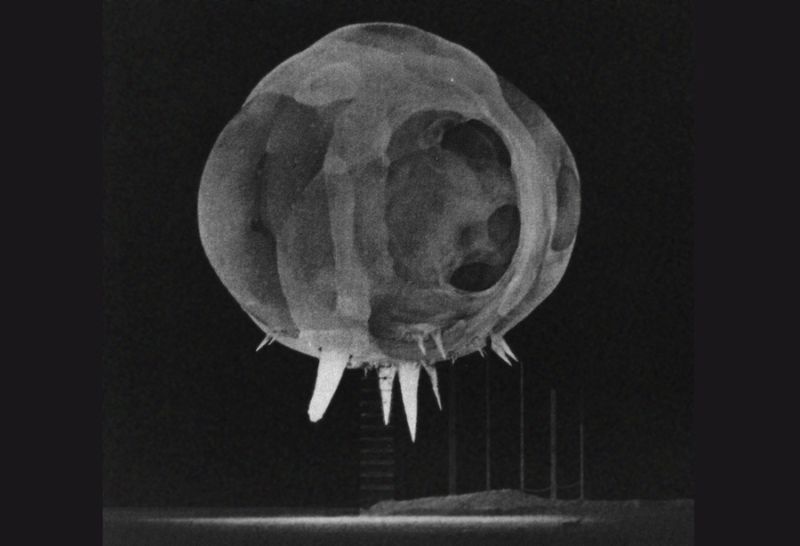
He also posed important questions: “What are we to make of a civilization which has always regarded ethics as an essential part of human life” but “which has not been able to talk about the prospect of killing almost everybody except in prudential and game-theoretical terms?”
We gain further understanding of Oppenheimer’s complexities by taking a look at his famous statement that “the physicists have known sin.” The full sentence is more impressive: “In some sort of crude sense which no vulgarity, no humor, no overstatement can quite extinguish, the physicists have known sin; and this is a knowledge which they cannot lose.” He is not saying that the physicists were wrong to create the weapons but rather that they—he—had committed a profound moral transgression, a collective sin in creating a genocidal instrument, even if it was necessary for preventing future wars.
Underneath Oppenheimer’s promethean capacities was a vulnerable and at times deeply distraught human being. He could be needy and contradictory in his relationships with others and subject to periodic depression. During his early adult life he was at times suicidal and on at least two occasions violent toward others: He poisoned an apple of a Cambridge tutor (we do not know how much poison he used) who insisted that he engage in hated laboratory work, and on another occasion attempted to strangle a friend who told him of love and plans for marriage. His biographers invoke Erik Erikson’s work (1970) on the struggle for adult identity, which can include psychotic-like behavior. The historian of science, Gerald Holton (1981), insisted that there was more to the story: “Some psychological damage remained, however, not least a vulnerability that ran through his personality like a geological fault, to be revealed at the next earthquake.”
That “geographical fault” had to do with what may be viewed as a disorder of the self: a tendency toward self-abasement, collapse before authority, to self-loathing and self-flagellation. Nor were these tendencies relieved by several attempts at psychoanalytic and psychiatric therapy.
Even Oppenheimer’s decision to subject himself to the security hearings could be viewed as self-destructive. A number of friends and colleagues, including Einstein, urged him to avoid the inevitable humiliation by simply resigning from his consultancies. When I read the transcript of the security hearings, I was struck by Oppenheimer’s constant abasement of himself, his often inarticulate and apologetic kowtowing to accusers, and his frequent utterance that “I was an idiot.” Einstein had further insight into Oppenheimer’s predicament in telling a mutual friend: “The trouble with Oppenheimer is that he loves a woman who doesn’t love him—the United States government” (Bird and Sherwin 2005).
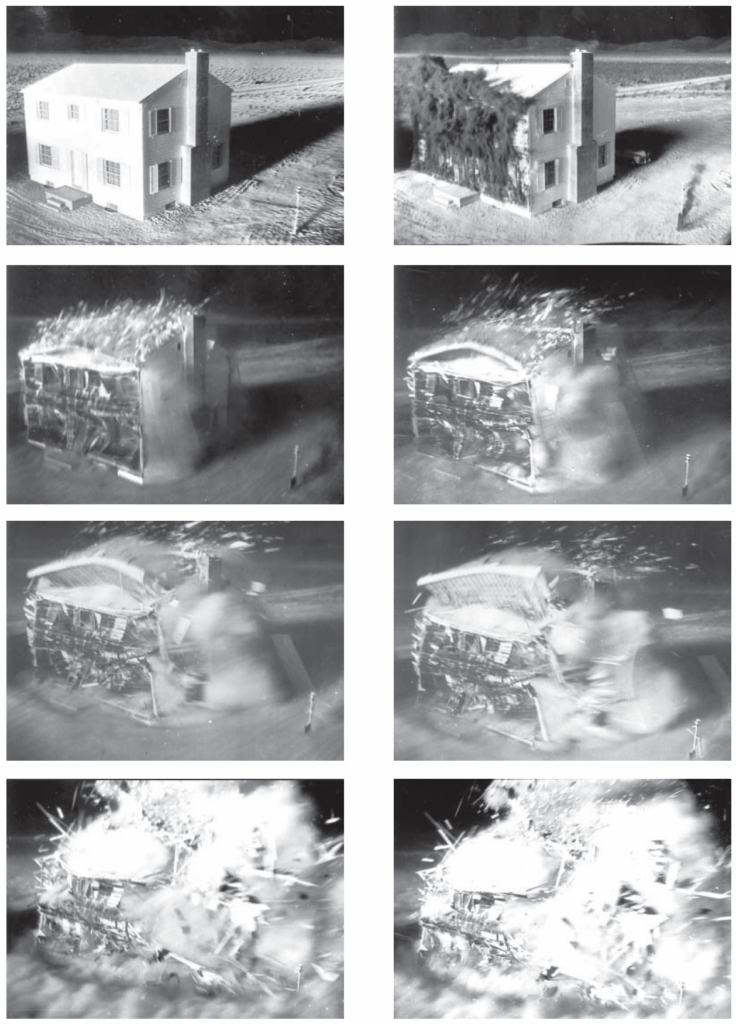
His most bizarre behavior was his false narrative about a friend, a professor of French literature named Haakon Chevalier, in which he claimed that Chevalier had been receptive to a Soviet effort to reach Oppenheimer in order to get him to share aspects of his work. There had been an actual incident in Oppenheimer’s Berkeley home in which Chevalier told him of a proposal made by a mutual acquaintance, the physicist George Eltenton, that Oppenheimer share information about his scientific findings to a diplomat in the Soviet consulate in San Francisco. In the accounts of all three men, Oppenheimer summarily rejected the idea and said that it would be “treason,” and neither Oppenheimer or Chevalier thought much more of the incident at the time.
Yet while at Los Alamos, Oppenheimer gave his false version of this story to an intelligence officer interviewing him. His biographers called this account “bizarre—and ultimately disastrous [because]… Oppenheimer had raised the red flag of espionage, identified Eltenton as the culprit, described an unnamed ‘innocent’ intermediary [Chevalier] and reported that this innocent person had contacted several other scientists who likewise were innocent. He was certain of his judgements … so there was no need to name names.” Oppenheimer later admitted that “I invented a cock and bull story,” and when asked why, answered, “Because I was an idiot.” He further explained: “I believe [I was] trying to give a tip to the intelligence people without realizing that when you give a tip you must tell the whole story.”
It is hard for anyone to fathom Oppenheimer’s behavior, but I detect in it a certain resemblance to the false confessions described to me by priests and other Westerners while they were captives in Chinese Communist prisons. The psychology of those confessions included a need to make an offering to the interrogator, that need having to do with a sense of guilt (from whatever individual source) and a desire to improve one’s physically and psychologically unmanageable status. At that moment they believed in the details of their confession, as one of them put it, “the way a novelist sees his characters and the settings and objects associated with them” (Lifton 1961).
I was able to talk to Chevalier after a conference in which I participated in Paris, where Chevalier had gone to live and work as a translator and interpreter after he had been fired from his university job in Berkeley and become unemployable in the United States. He had been a translator for the conference and sought me out because of my talk about nuclear weapons. While in our conversation he was not without anger and resentment toward Oppenheimer, I was struck by his hurt and mystification about his former friend’s behavior. Toward the end of a book he wrote called Oppenheimer: The Story of a Friendship, he said that the book was dedicated to the memory of that friendship and added that: “I look back upon my friendship with Robert Oppenheimer with no regrets, and with no ill feeling. I can only treasure the memory of my association with him during the ‘time of innocence.’ The man I knew in those years was an altogether exceptional human being, by whom my life was greatly enriched. I am grateful for every encounter I have had with him” (Chevalier 1965).
He referred to the transcript of Oppenheimer’s security hearings as “a hallucinatory compound of fantasy and reality” and that “the Oppenheimer of the transcript is completely depersonalized.” While others come through “with their whiskers and their balls,” Oppenheimer, when questioned about his personal life and friends “becomes hesitant, confused, self-contradictory. He is meek, apologetic, ingratiating by turns … he has become limp and docile.” He could denounce his former friend as a man who became “impressed by power, position and wealth … determined to propitiate the authorities holding the power vested in them … prepared to pay whatever price might be required to convince them of his loyalty to them…” But Chevalier’s strongest emotion was that of betrayal by a friend “I had loved … as I have loved no other man.” He wrote another book, a novel about an Oppenheimer figure called The Man Who Would Be God.
Yet that flawed Prometheus could critically expose the psychology of nuclearism when he wrote to his friend James Conant, president of Harvard, in October of 1949: “What does worry me is that this thing appears to have caught the imagination, both of the congressional and of the military people, as the answer to the problem posed by the Russian advance [in atomic weapons]. It would be folly to oppose the exploration of this weapon. We have always known it had to be done; and it does have to be done. …But that we become committed to it as the way to save the country and the peace appears to me full of dangers.”
And he raised an ultimate ethical question when he told a TV audience that the “Super bomb was a matter that touch[ed] the very basis of our morality. It is a grave danger for us that these decisions are taken on the basis of facts held secret.” He also, over the years, contradicted his claim of no regrets when he spoke of having “blood on my hands,” of Hiroshima as a “tragic mistake” in which “we lost a certain amount of restraint.” And he wrote to another mentor, Max Born, that he shared Born’s “disapproval … for much that I have done.”
Oppenheimer was nothing if not ambiguous; he valued his own ambiguity and disapproved of a play written about him because it “lacked ambiguity.” He was a remarkable truthteller and a reckless fabulist. He was a nuclearist and a witnessing professional in exposing the dangers of nuclearism. He was an outspoken prophetic voice and an enabler of the collective psychic numbing of his bomb-making community.
But above and beyond Oppenheimer’s personal limitations was the fraught human relationship to the new weapon. When Edmund Wilson attended one of Oppenheimer’s prestigious William James lectures at Harvard in 1957, Wilson at first found Oppenheimer’s “piercing” words and insights to be “quite thrilling.” Yet afterwards Wilson felt differently and wondered whether “a brilliant man who had been beaten by the age, who knew no more what to do about it than anybody, who was as incapable of leading it as anybody: his humility now seemed … hangdog” (Bird and Sherwin 2005).
Wilson was telling us that no one could provide a “solution” to nuclear weapons. As long as they existed, they defied any justification or resolution. That is why we are all part of Oppenheimer’s tragedy. As a Newsweek writer put it in a statement about his biography: “Oppenheimer’s life does not influence us. It haunts us.”
The poet Ai (2010) wrote in what she called “The Testimony of J. Robert Oppenheimer: A Fiction”:
my soul, a wound that will not heal…./We strip away the tattered fabric/of the universe….we become our own transcendent annihilation
We do well to remain haunted by Oppenheimer but also to learn from him that, while the capacity to create instruments of planetary destruction will remain with us, our best hope for survival of our species lies in abolishing them. We should make Oppenheimer’s legacy to us the recognition that our only form of what has been called “nuclear ethics” is abolition.
[1] Only one scientist, Joseph Rotblat, a Polish-Jewish physicist assigned from England, did leave at that time. Not only because he learned of the German failure, but also because he heard Gen. Groves, the military project leader, say that the bomb was meant to create an impression on the Soviets.
[2] This and subsequent quotations of Oppenheimer come from Bird and Sherwin’s biography American Prometheus.
[3] I would question here the assumption the scientists who favored a demonstration were “Bohrian,” as Bohr had, with Oppenheimer, seemed to advocate use of the weapon on an actual city as part of the dubious complementarity argument.
Together, we make the world safer.
The Bulletin elevates expert voices above the noise. But as an independent nonprofit organization, our operations depend on the support of readers like you. Help us continue to deliver quality journalism that holds leaders accountable. Your support of our work at any level is important. In return, we promise our coverage will be understandable, influential, vigilant, solution-oriented, and fair-minded. Together we can make a difference.
Keywords: J. Robert Oppenheimer, McCarthy, atom bomb, behavior, complementarity, nuclear ethics, nuclearism
Topics: Personal Essay, Special Topics
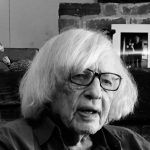
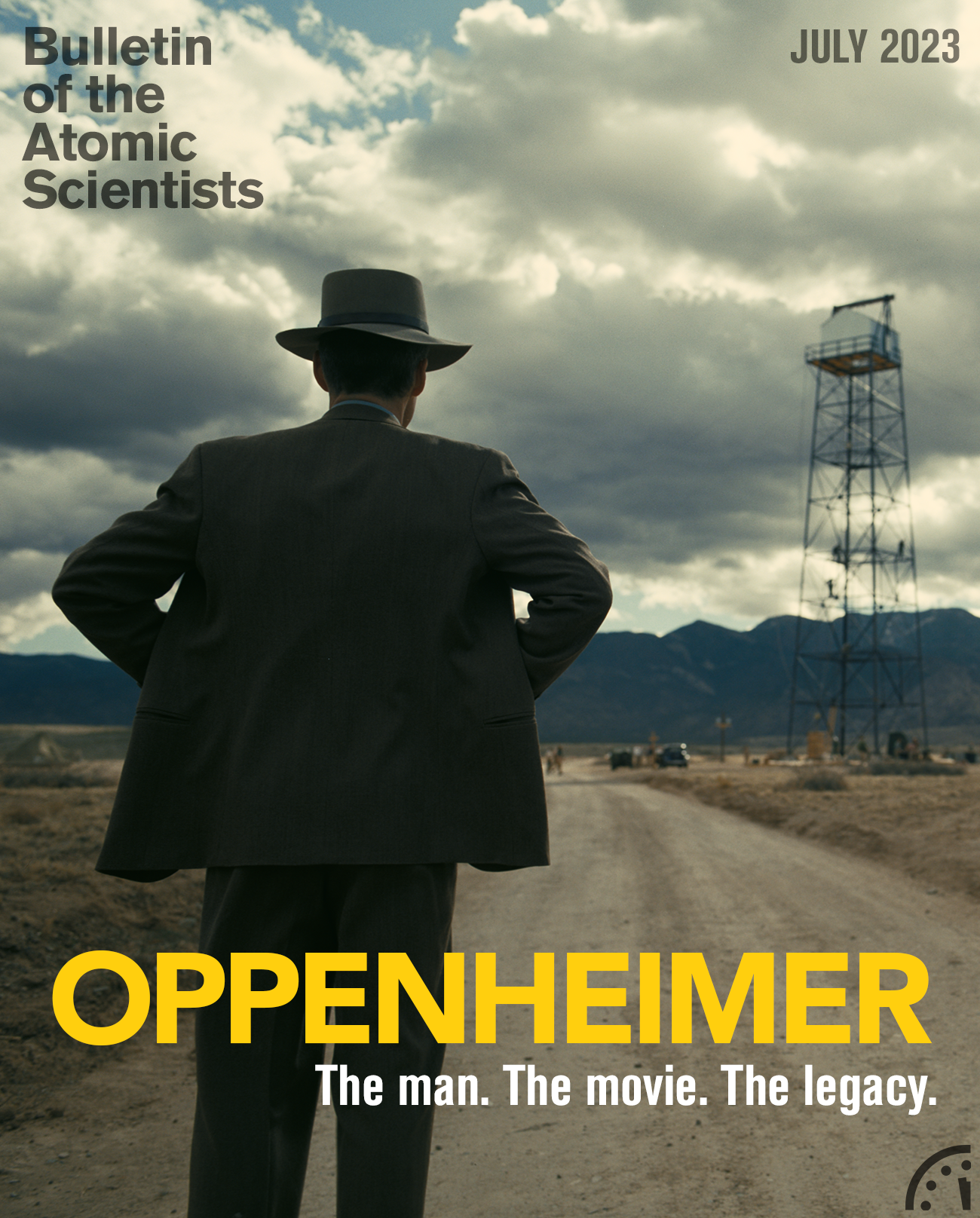



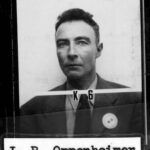
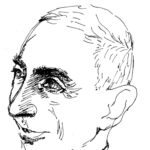







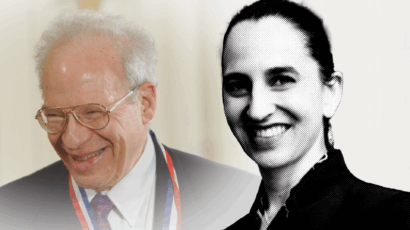

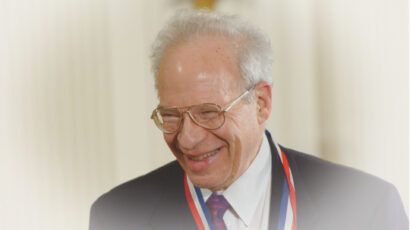
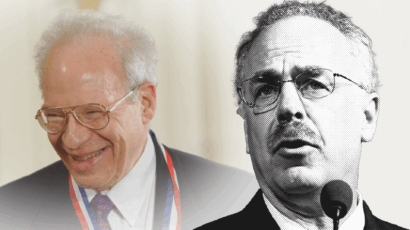
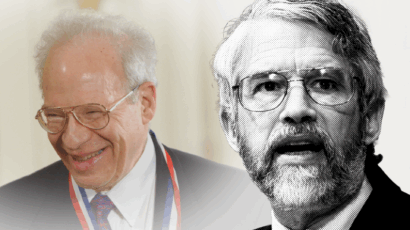
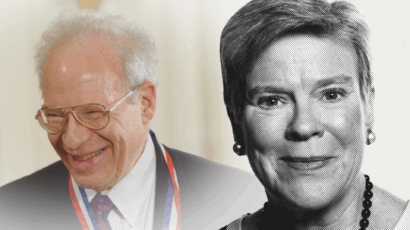
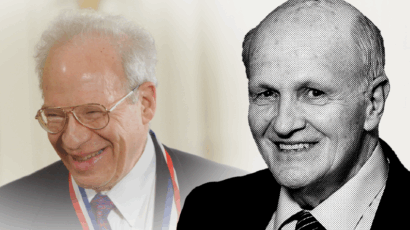
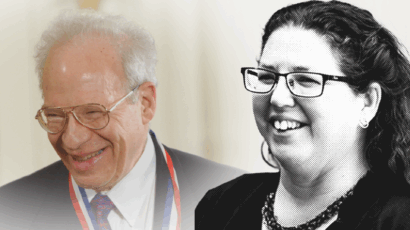
I wonder if the movie will address the McCarthyites’ persecution of Oppenheimer.
Speaking of the Inquisition (or similar things), Arthur Miller based The Crucible on McCarthyism.
What a wonderful article! Perhaps a little can be added. 1) Comparison with the recruiting of the Cambridge (UK) traitors is useful. It strongly suggests that Oppenheimer was being recruited to be a spy, with an unknown degree of success. What is almost certain is that Oppenheimer, like essentially all New York Intellectuals abandoned their foolish view of the Soviets after the Molotov Ribbentrop pact. A sense of guilt about his earlier dalliance with the Soviets helps understand Oppenheimer’s ‘idiotic’ behavior later when approached through Chevalier. 2) Oppenheimer’s incredible arrogance needs to be stated explicitly. Perhaps most striking to me… Read more »
This is a great article. It actually tells the story much better than the movie. Movies often transform reality into something different from the original. This was certainly the case with Spike Lee’s Malcom X movie and many others. This edition of the Bulletin does a great service to us all.